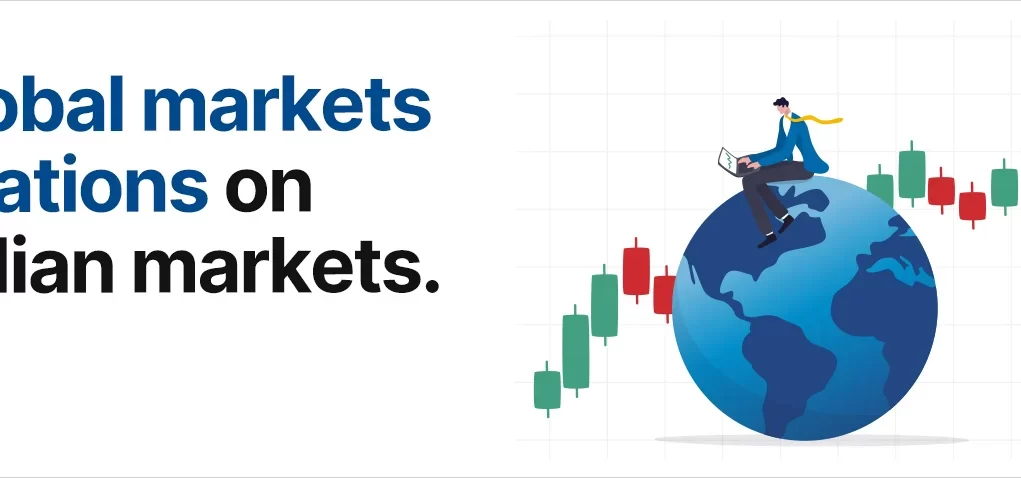The interconnectedness of global and Indian markets has been a key factor in shaping India’s economic landscape. In an era of globalization, understanding how these markets influence each other is critical for businesses, policymakers, and investors. This blog explores the intricate relationship between global and Indian markets, highlighting the factors that drive their dynamics and their impact on India’s economy.
1. Global Market Trends and Their Impact on India
Global market trends significantly influence India’s economy. Fluctuations in crude oil prices, interest rate changes by central banks like the US Federal Reserve, and global trade policies have a direct impact on India’s trade balance, inflation, and currency value. For instance, a rise in global oil prices often leads to higher import bills and inflation in India.
2. The Role of Foreign Investments
Foreign investments play a crucial role in linking Indian markets to global markets. Foreign Direct Investment (FDI) and Foreign Portfolio Investment (FPI) bring much-needed capital into the country, boosting industries like manufacturing, technology, and infrastructure. However, global market uncertainties can lead to capital outflows, affecting India’s stock market and currency stability.
3. India’s Export-Import Dynamics
India’s trade relations with global markets are a vital aspect of this relationship. Exports to major economies like the US, China, and the European Union contribute significantly to India’s GDP. Similarly, imports of essential goods, such as crude oil and technology, are influenced by global market conditions, impacting domestic prices and production costs.
4. Currency Fluctuations and Their Effects
The value of the Indian rupee is closely tied to global market movements. Factors like interest rate differentials, trade deficits, and capital flows influence currency exchange rates. A weaker rupee can make exports more competitive but increases the cost of imports, affecting businesses and consumers alike.
5. Impact of Geopolitical Events
Geopolitical events, such as trade wars, conflicts, and international sanctions, have a ripple effect on global and Indian markets. These events can disrupt supply chains, alter trade routes, and create volatility in financial markets, requiring India to adapt its economic strategies.
6. India’s Role in the Global Supply Chain
India’s integration into the global supply chain has deepened in recent years. As a hub for IT services, pharmaceuticals, and textiles, India relies on global markets for demand and raw materials. Disruptions in the global supply chain, such as those caused by the COVID-19 pandemic, highlight the interdependence between India and the world.
7. Technological Advancements and Market Integration
Technology has bridged the gap between global and Indian markets. Digital platforms enable real-time trading, while advanced analytics provide insights into market trends. These tools help Indian businesses compete globally and attract international investors.
8. Policy Measures to Strengthen the Link
The Indian government has implemented various policies to strengthen the relationship between global and Indian markets. Initiatives like Make in India, Atmanirbhar Bharat, and trade agreements with other countries aim to boost exports, attract foreign investments, and reduce dependence on imports.
Conclusion
The relationship between global and Indian markets is a dynamic and complex one, influenced by economic, political, and technological factors. Understanding this relationship is crucial for stakeholders to navigate challenges and leverage opportunities in a globalized world. As India continues to integrate with global markets, fostering resilience and adaptability will be key to sustaining economic growth.
Description
Explore the dynamic relationship between global and Indian markets. Learn how global trends, foreign investments, currency fluctuations, and government policies shape India’s economy and its integration into the global supply chain.



































